Everything You Need To Know About A Cinewhoop
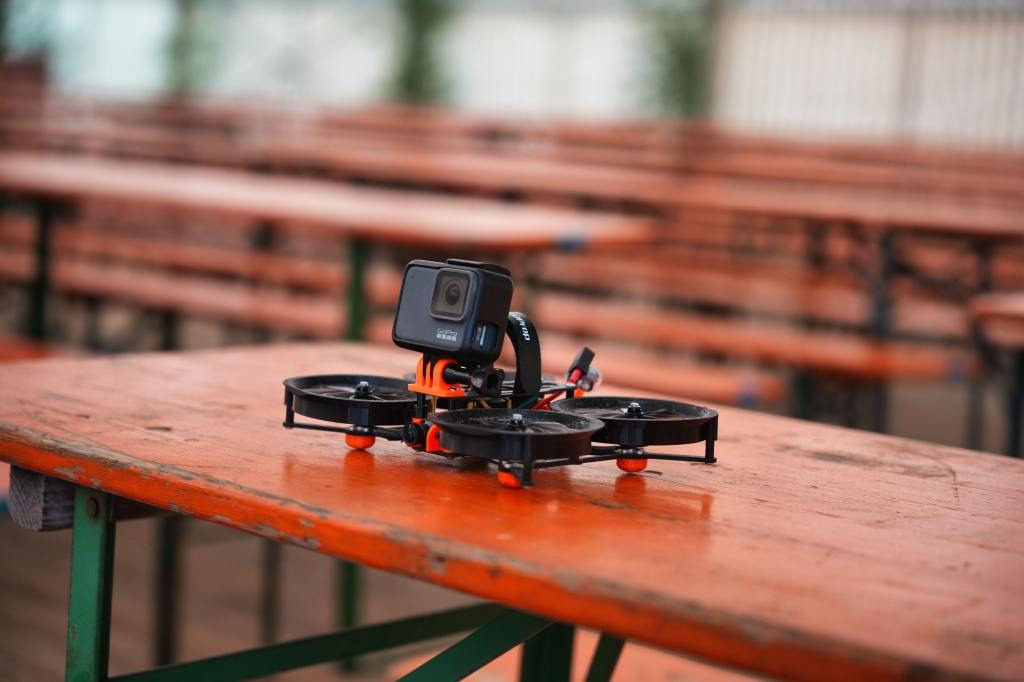
What is a cinewhoop?
Cinewhoop is a type of FPV drone designed specifically for the purpose of filming close to people, objects, and other obstacles - even flying indoors. They are built to withstand contact with objects while flying to avoid damage to either party. The design was first created by Andy Shen, owner of Shen Drones. He shared his first model with Paul Nurkkala who coined the term “cinewhoop”.
Since then, it’s grown into an industry-recognized term and other manufacturers have copied the ducted design.
Cinewhoop Design
Perhaps the most striking difference between a cinewhoop and other freestyle drones is the whoop frame. These quads have their props enclosed by ducts to prevent damage to the drone when it comes in contact with other objects. Ducts used for these frames are typically lightweight and sometimes coated with an additional layer of foam for extra cushion. These ducts also serve as a protection to whatever the drone is flying around, particularly people.
This feature is why cinewhoops are exclusively used in making videos where FPV pilots fly above, under, or near people. It is also the drone of choice when flying indoors. Exposed props present a safety hazard in these circumstances and few people would be comfortable with you flying a drone like whizzing around their head or inside their luxury property.
A popular trend happening in the FPV world is filming indoor drone tours. This involves using a drone to film the space inside of a property, typically in a single take. Because of the extra protection provided by the enclosed props, pilots can film these videos without worrying about damaging the property should they brush up against a wall.
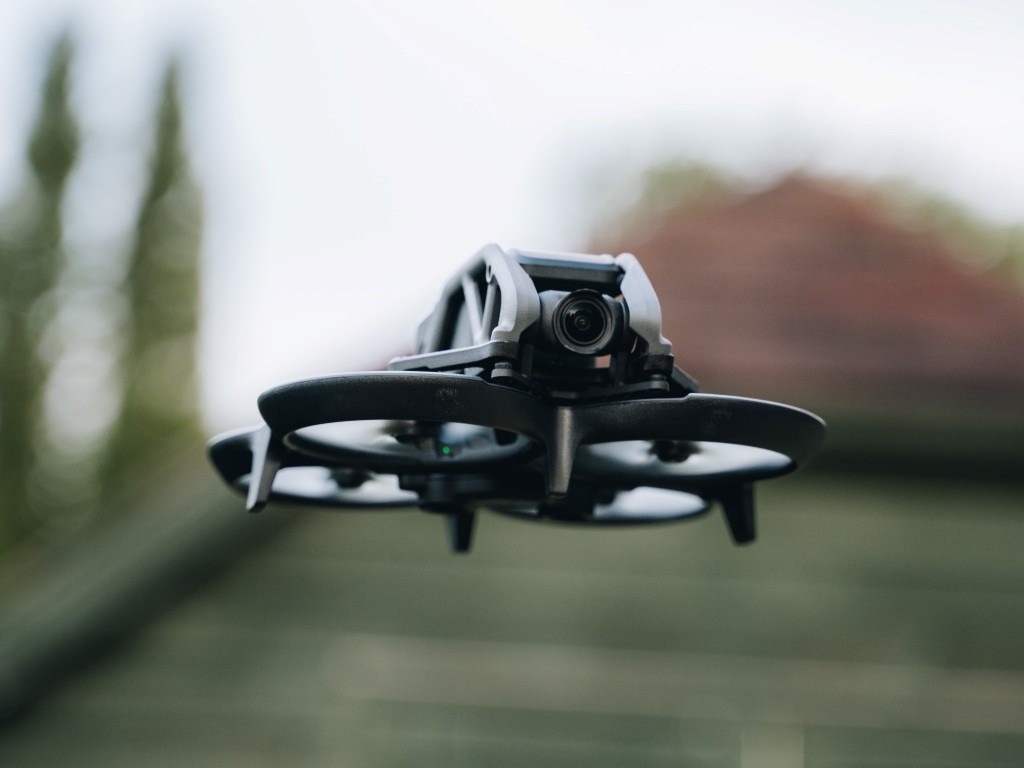
Advantages and disadvantages?
One of the disadvantages to flying a cinewhoop is a loss of speed or power from the motors. The ducted design does protect the props and motors, but it also creates lower efficiency. This is why most race drones are not ducted. You will also notice that the common 5 inch quads that many pilots use for flying in nature are also non-ducted.
Besides being slower, cinewhoops also use up battery power faster. Pilots can expect batteries to last for a lower flight time when compared to traditional FPV quads. This disadvantage in flight time is important to consider if you are wanting to fly for long distances or trying to film something that is relatively far away.
Lastly, wind is a big problem for cinewhoops. They are easily buffeted by wind and have a hard time fighting it. My advice is to never fly these outside if the wind conditions are anything more than a gentle breeze.
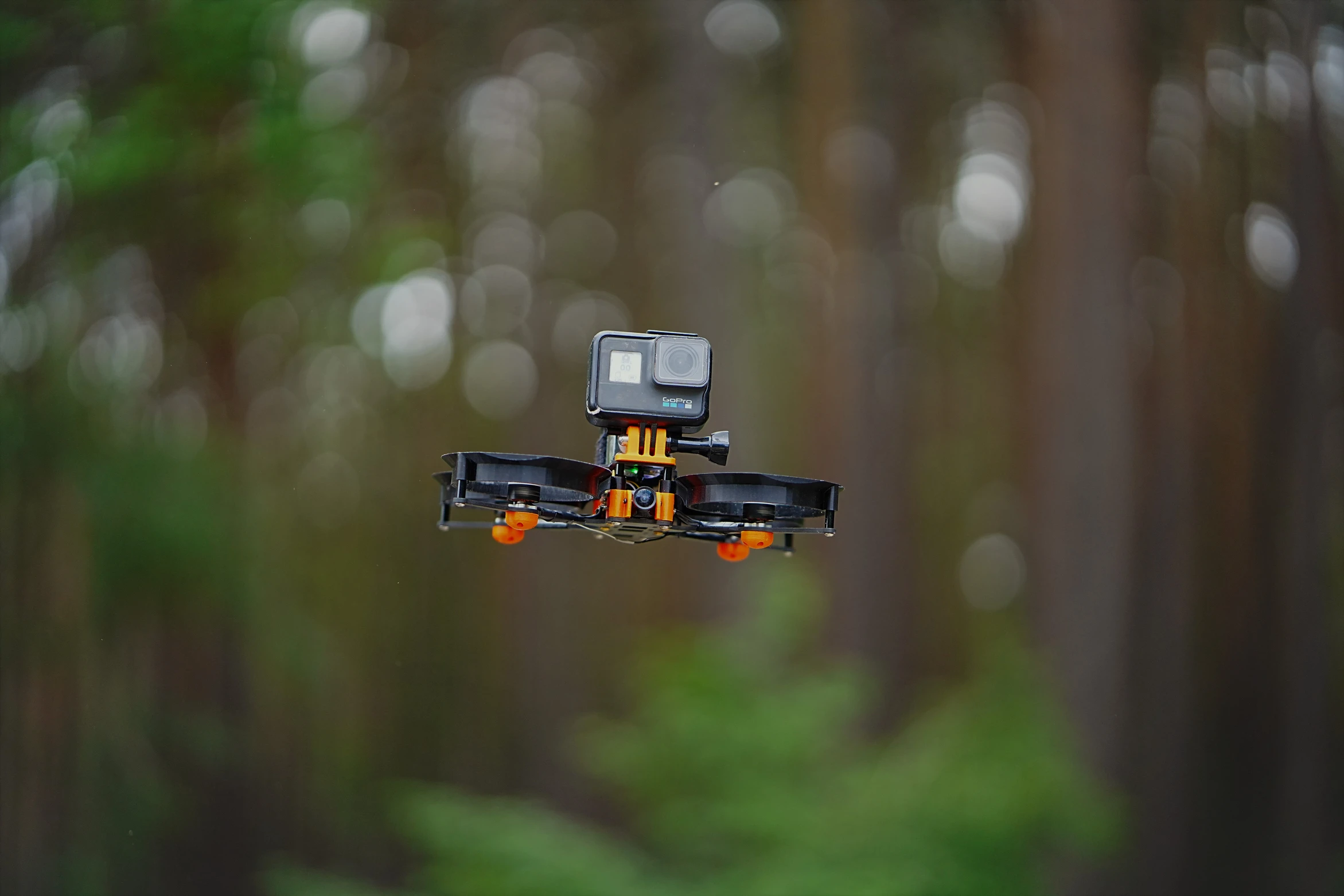
Build vs Buy?
The decision to build or buy a cinewhoop is an important one that applies to any type of quad. Cinewhoops are not much more difficult to work with than a normal quad. One aspect to the build that is unique to cinewhoops is the choice of material for the ducts. Some are made of plastic, foam, or a mixture of both. Be sure to take into account where you think you’ll be flying and the obstacles present when you make this decision on material.
Another customization choice for these builds is the height of the ducts. Traditionally, cinewhoop ducts were tall or deep. More recently, manufacturers have created ducts that are short or shallow - just barely covering the props with enough protection to survive a bump against a wall.
The advantage of tall ducts is that they offer a little bit more protection from any stray objects like tree branches that might damage the props. However, they are slower than the shallow ducts. I personally believe that the benefits of greater speed and less weight from the shorter ducts is far more desirable than the minor increase in protection.
If you don’t want to get your hands dirty soldering wires and fiddling with tiny screws, there are plenty of bind and fly (BNF) models out there that do a great job. DJI even released their own version of a cinewhoop that is more beginner friendly and has added features such as the ability to hover in place and obstacle avoidance. Here are a just a few options if you are interested in comparing some models:
How to Tune?
There is no difference in the process for adjusting the tune of these drones as any other quad. I recommend using Betaflight to do this. The one difference that you can capitalize on is tuning your quad to be slower and smoother for filming more cinematic shots. After all, this is the prime reason why you should build a ducted quad - So why wouldn’t you want to slow those movements down to increase control and minimize jerkiness? I recommend watching a youtube video to guide you through the process and get you as close as possible to the right feel.
Note - don’t expect to go zipping around corners and performing high speed tricks after you do this. Your quad will be more boring and sluggish once you tune it right, but it will also perform a lot better for filming indoors, around people, or in close quarters.
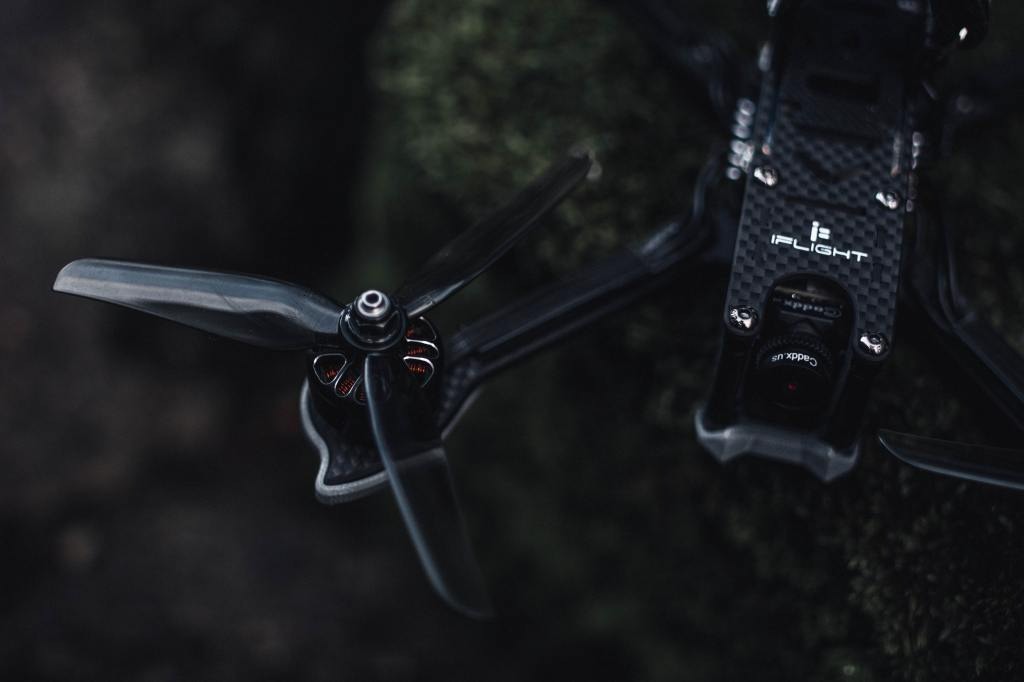
Action Camera Capabilities?
As I previously said, the main reason for choosing these quads over others is for the filming capabilities. If you are new to the FPV world, don’t expect the camera you use to fly with to film anything worthwhile. You’ll need to find a suitable action camera to mount on your quad.
There are several brands that will do the trick, but two of the most popular brands are Insta 360 and GoPro. My personal favorite is the GoPro Hero 10 Black Bones. It is the lightest GoPro (2022) and runs power from your quad’s battery. Whatever model you choose, you'll want something that's light and films high quality. Otherwise, your drone won't be able to fly well under the weight or won't be capturing anything that's quality.
Where to find camera mounts?
Some pilots choose to design their own action camera mounts and have them 3D printed. They do this either out of necessity or for greater customization. You can usually find a good mount for your specific model on Etsy. There are several businesses out there now that focus on printing these parts and a quick Google search will come up with some great options.
Another common website is Yeggie.com. There, you can find 3D models that other pilots have put together to either print yourself or order from a vendor to be printed. This can be a helpful resource if you aren't a good designer and can't find what you're looking for premade.
One piece of advice if you choose to 3D print your own parts: use TPU. If you haven’t gotten into the 3D printing world, then know that there are several different types of material you can use for this. TPU is recognized as the best for its elasticity and resilience.
Cinewhoop Sizes
A cinewhoop comes in just about any size as freestyle quads. Large quads, often referred to as “lifters” seem to be the one exception to this rule. I haven’t seen anyone build or sell a ducted quad that large as of the writing of this article.
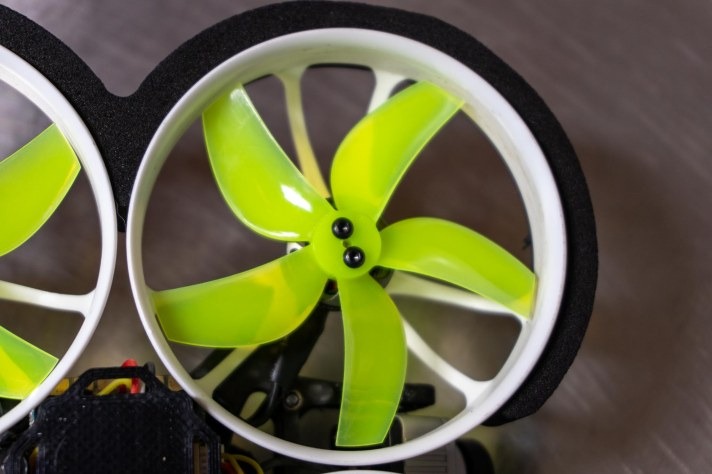
Laws around cinewhoops
Just because you can safely fly around people, cars, pets, etc - doesn’t mean that you should! Pilots should be aware of the FAA's Regulations around drone use in general for the safety of everyone and also to protect this industry and hobby. It only takes a few idiotic incidences with drones to cause a tidal wave of governmental restrictions for drone pilots. So please, fly responsibly.
Here are a few important regulations to know about:
- Don’t fly around airports
- Don’t fly in national parks
- Any drone weighing over .55 pounds must be registered with the FAA
- Remote ID - this is a new law passed in 2022 that will require pilots to provide their location while flying. Watch this video for more information.
How to fly
If you’ve never flown FPV before, then you can expect to crash your drone into something or someone and break it on day 1. The controls are difficult to master and require a lot of practice. Most pilots will say that the best thing you can do to start is to buy a transmitter and practice on a Virtual Simulator.
These virtual simulators are pretty good at mimicking what it’s like to fly in real life and will get you close enough to be able to fly in the real world. You should not move away from the simulator until you are satisfied with your abilities to fly virtually.
You will still probably crash - that’s just the name of the game when it comes to FPV drones. However, most issues are easy enough to fix if your quad breaks.
You should know that there are three flight modes: horizon, angle, and acro. Horizon is the easiest to start with and often the most useful for cinewhoops because it keeps your quad horizontally level.
Price Comparison
When compared with BNF models that have exposed props, cinewhoop drones don’t seem to incur any premium. The average price of a digital model for either type comes out to around $350 for a digital version of 3” quad.
Final Thoughts On Style Choice
If you aren't planning on flying indoors or close to people, then a cinewhoop might not be the right option for you. Freestyle drones enjoy greater speed and power, as well as a simpler design to maintain. A good decision on which drone to get really depends on your purpose for flying.
On the other hand, you opt to go with both! It's not uncommon for FPV pilots to have several different quads instead of relying on just one. The initial buy-in to FPV is big. After that, it's not too expensive to begin adding to your drone collection over time.
